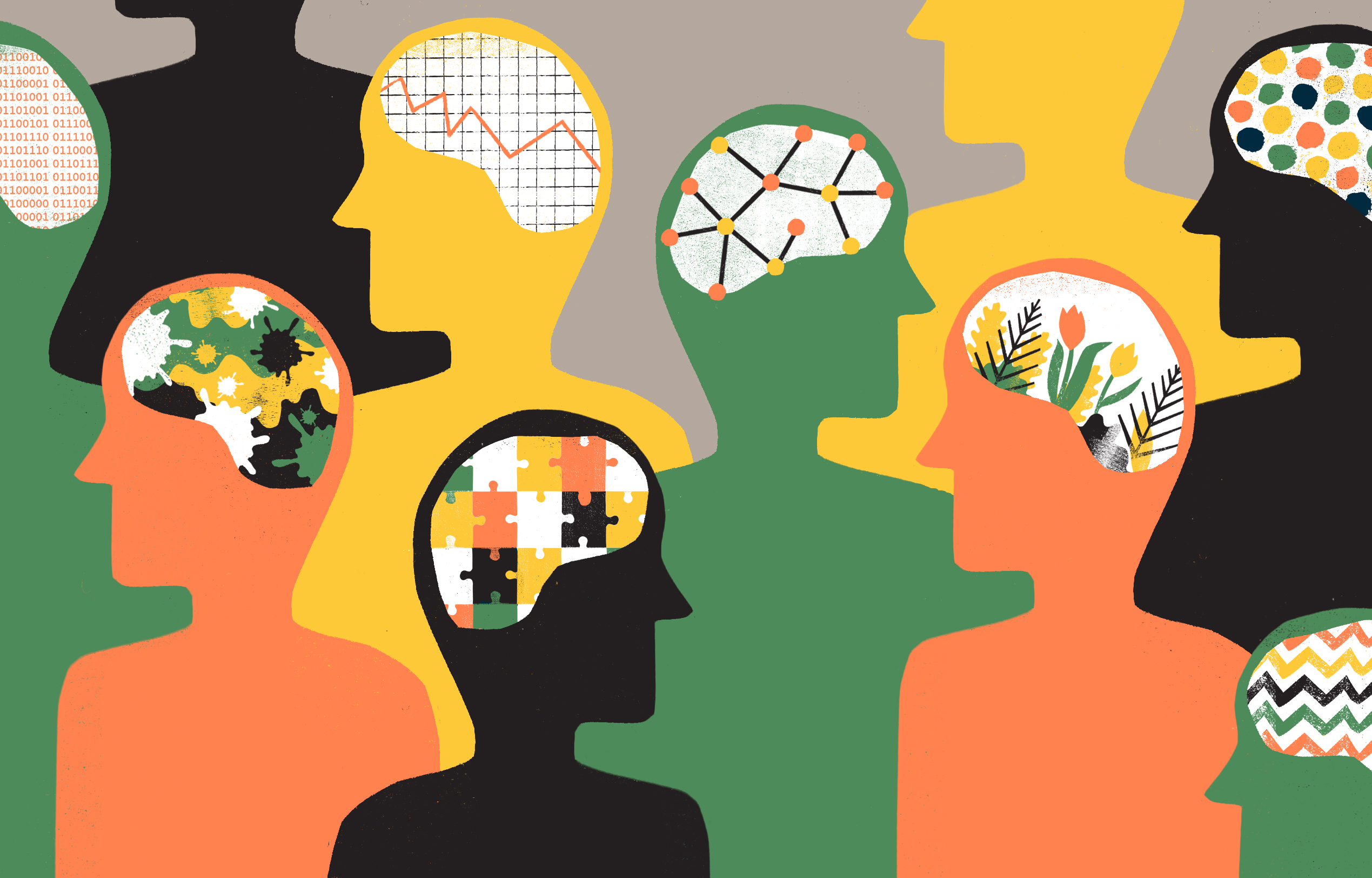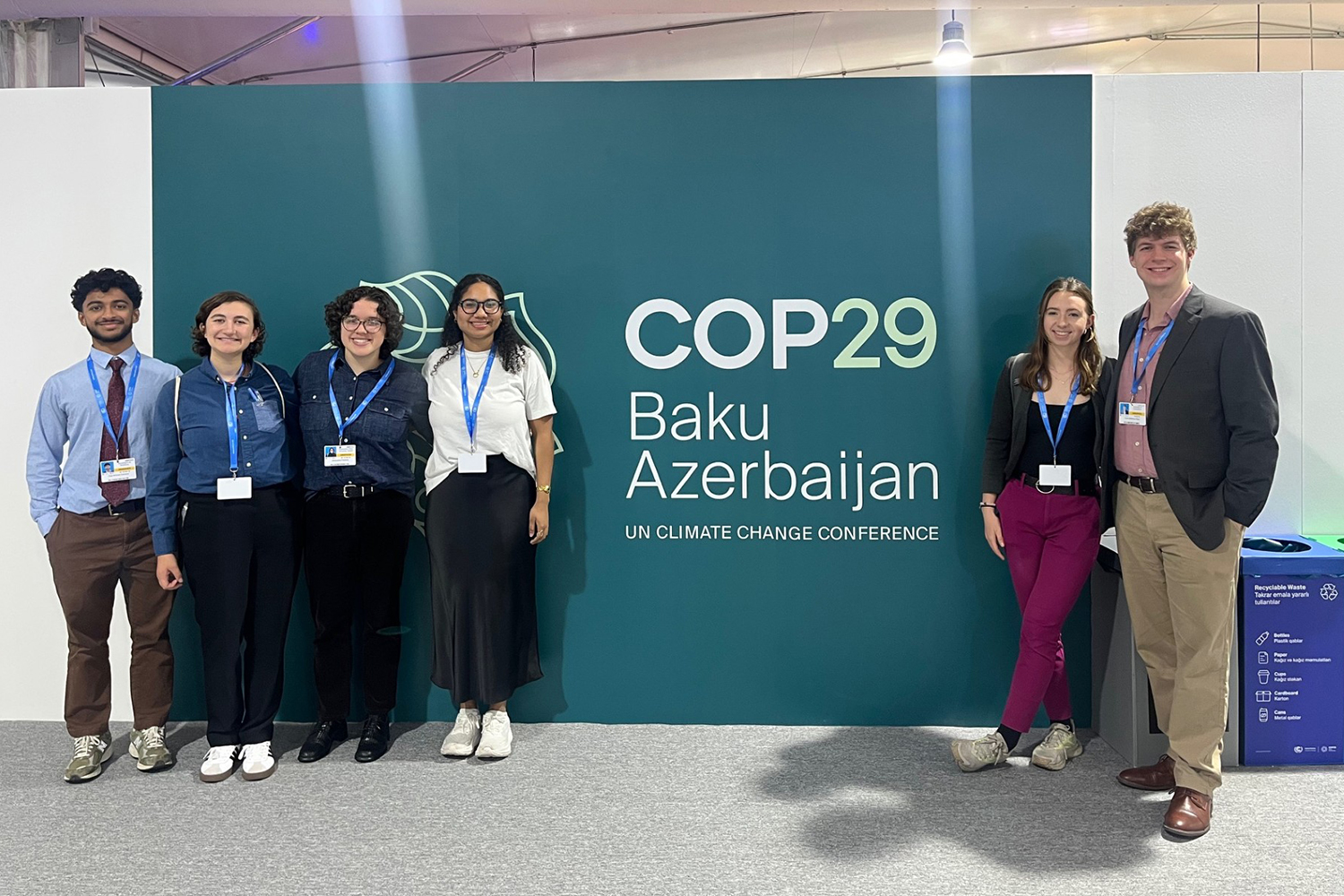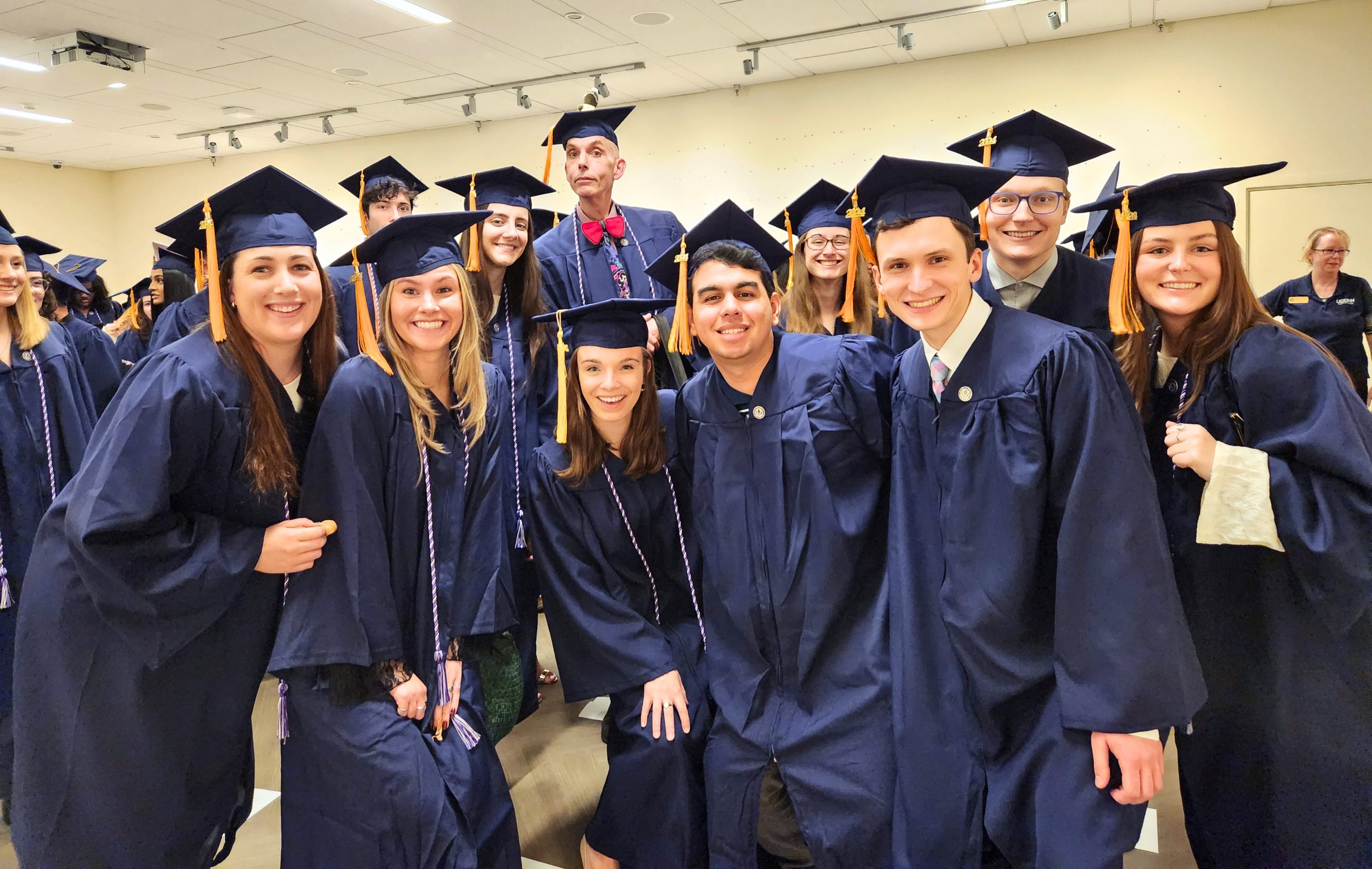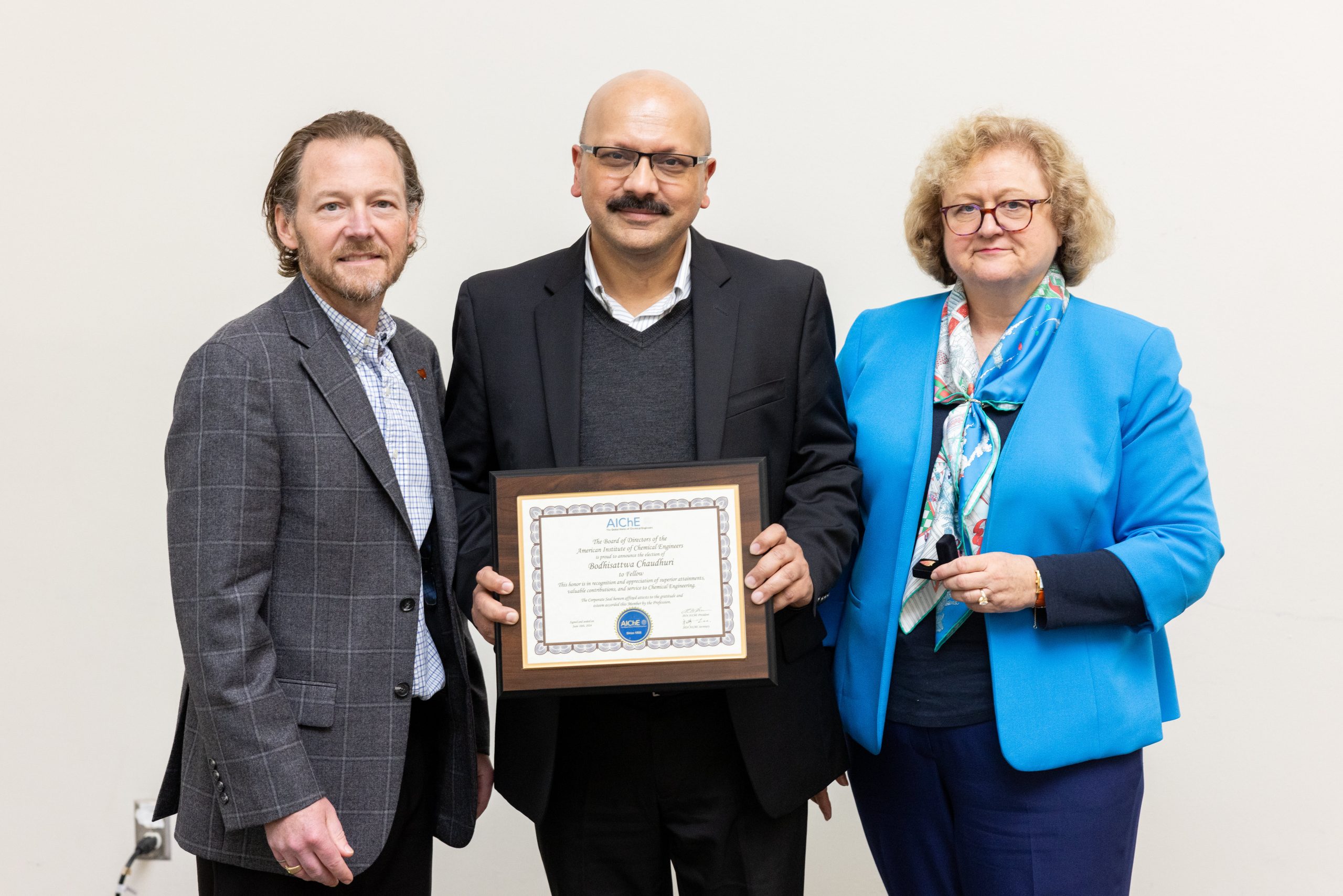When it comes to educating the most diverse student pool possible, University of Connecticut Civil and Environmental Engineering Department Head Maria Chrysochoou thinks the system might be broken.
Not broken in a sense that engineering students are going into the workforce unprepared, but broken in a way that doesn’t allow for a myriad of learning styles—especially ones aimed at a neurodiverse population.
Armed with a $2 million grant from the National Science Foundation’s RED (Revolutionizing Engineering Departments) program, Chrysochoou, and her collaborators—CEE Professor Amvrossios Bagtzoglou and CEE Associate Professors Arash Zaghi, Nicholas Lownes, Tim Vadas, Neag Associate Professor Rachael Gabriel, and CETL Director Peter Diplock —are on a mission to transform their department into a safe and inclusive environment for students with cognitive differences that fall onto the neurodiversity spectrum, for example, students with autism, ADHD, anxiety, or dyslexia.
The biggest reason for their push is that the success metrics for neurodiverse students are bleak, especially in the STEM fields. A review of the literature done by Chrysochoou and her group revealed that only 3% of college students with ADHD study engineering, and while 34% of college students on the autism spectrum were enrolled in a STEM-related field, only 5% were enrolled in engineering programs.
Chrysochoou says that needs to change.
“The problem with improving how we teach is that we expect professors to know pedagogy just because they went through a graduate program in engineering,” Chrysochoou says. “In reality, you’re not taught pedagogy at all. You look at what your graduate advisor did for teaching, adapt your style to it, and the cycle of teaching the same way continues for generations.”
As Chrysochoou and her team work through this five-year project, there are multiple stages the team has to go through. One of the steps will be to adopt a Universal Design for Instruction framework, in consultation with external partners (Olin College) and internal partners (UConn Center for Excellence in Teaching and Learning, UConn Center for Students with Disabilities, and UConn’s Neag School of Education), which will incorporate new teaching guidelines, including new ways of delivering a lesson, stages of feedback, and multiple modes of presentation and assessment for students. This new framework will be the foundation for their new program, which they are naming INCLUDE. The team hopes that the INCLUDE program will be part of a larger cultural shift that values the unique contributions of neurodivergent individuals.

In order to enable this shift, the department must find new ways to support faculty, who bear a heavy workload of teaching, advising, and research responsibilities.
“It took me many years to start adapting my own teaching style, especially during the first five years during my pre-tenure years. I really loved to teach, but I didn’t have a lot of time to reimagine or redesign my courses with everything on my plate, including bringing in research dollars,” Chrysochoou says.
“The idea with this grant from NSF is that, if you have a large project like this, you now have the resources to provide your faculty with financial support and additional time, like a teaching release, to really focus on this initiative.”
After going through the process, the team of faculty members will implement multiple different initiatives and resources— in addition to the new teaching model that they will be adopting—which will include personalized advising from a small group of trained advisors, outreach and integration into the School’s BRIDGE program, a new living-learning community, personalized career services, and much more. The goal of these programs will be to provide support and focus during the two most vulnerable years of a neurodivergent student’s career—sophomore and junior year.
While there’s a long road ahead for Chrysochoou and her collaborators, the most exciting thing for the group will be the ultimate national and internal waves that will come with their success.
“I’ve seen students at UConn, especially my advisees, who have had trouble, and could benefit from a more diverse learning environment,” Chrysochoou says. “There’s a need for this, and it will change the trajectories of a whole new group of students.”



